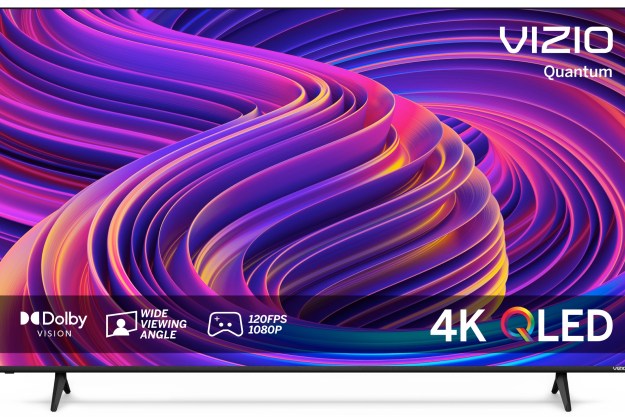Electronics giant Sharp is making a play to get back to the top of the top of heap of LCD manufacturers, unveiling a selection of new D62U HD-capable LCD televisions manufactured at its new eighth-generation plant in Kameyema, Japan.
"With our new state-of-the-art factory, Sharp is advancing the LCD industry and increasing our production capacity of high-quality, affordable AQUOS televisions to meet robust consumer demand," said Toshihiko Fujimoto, Sharp’s Chairman and CEO, in a statement. "When Kameyema No. 2 is running at full capacity by the end of 2008, the combined production capacity of both Kameyama plants will increase to 20 million LCD TVs a year (based on 32-inch panels). This will enable us to reach a broader customer base in a speedy and timely manner."
Sharp’s new plant can produce a single piece of "motherglass" which can yield eight 426-inch panels or six 52-inch panels, and production capacity is expected to increase six times over by the end of 2008, alleviating supply constraints which have let Philips and Samsung take a lead over Sharp in LCD displays.
Sharps’ new LCD TV offersing come in 42-, 46-, and 52-inch sizes, although the company is only going to push the larger 46-inch LC46D62U and 52-inch LC-52D62U models in the United States. The units will offer full 1080p resolution (1,920 by 1080 pixels) ship with ATSC, WAM, and NTSC tuners to handle both standard and HD broadcast channels, and dual HDMI inputs. The panels will also feature Sharp’s Avanced Picture View/Black TFT panel with multi-pixel technology for reduced colorshifting, deep blacks, and high performance: this translates to a 176° viewing angle, 4 ms response time, 450cd/m2 brightness, and a native 2,000:1 contrast ratio (with Sharp’s Enhanced Picture Contrast Technology, Sharp claims that converts up to a whopping 10,000:1). A piano-finish black cabinet uses a slight wave to disguise bottom-mounted 15-watt speakers.
Both systems will be available in the U.S. this October; the LC-46D62U will carry an MSRP of $3,499.99, while the LC-52D62U will go for $4,799.99.
Editors' Recommendations
- Buy one of Samsung’s new TVs and get a free 65-inch 4K TV
- Sharp secretly revealed the first QDEL TV at CES
- LG is bringing Baby Shark and high-end art to its smart TVs with a range of new apps
- You Asked: plasma TV replacements, cheap OLEDs, and Sharp’s return
- New LG TVs could stop working with over-the-air broadcasts by 2027


